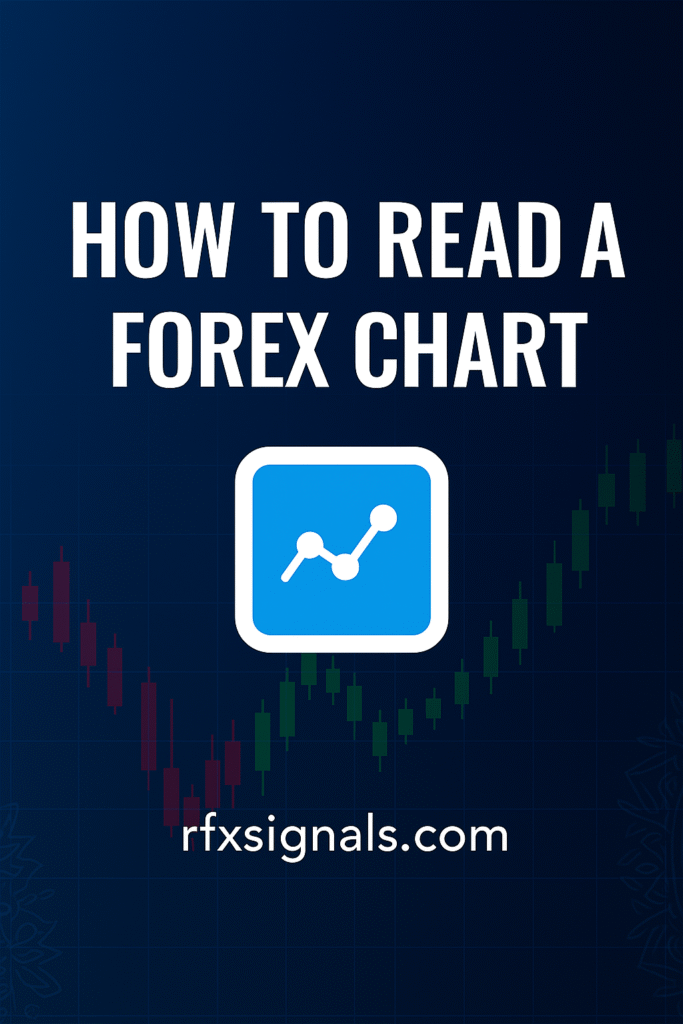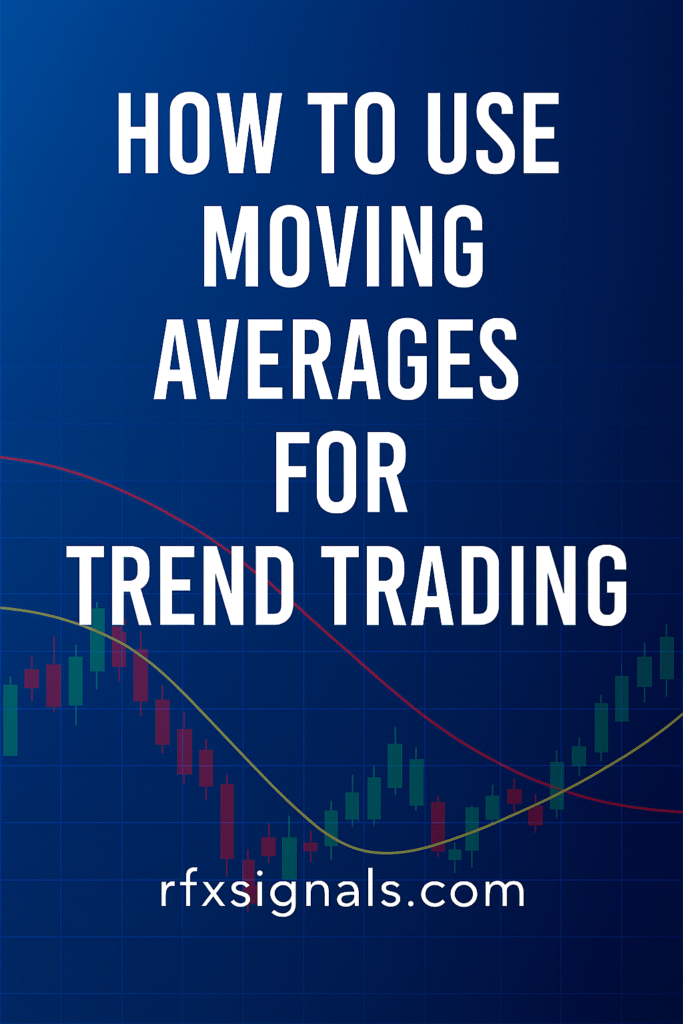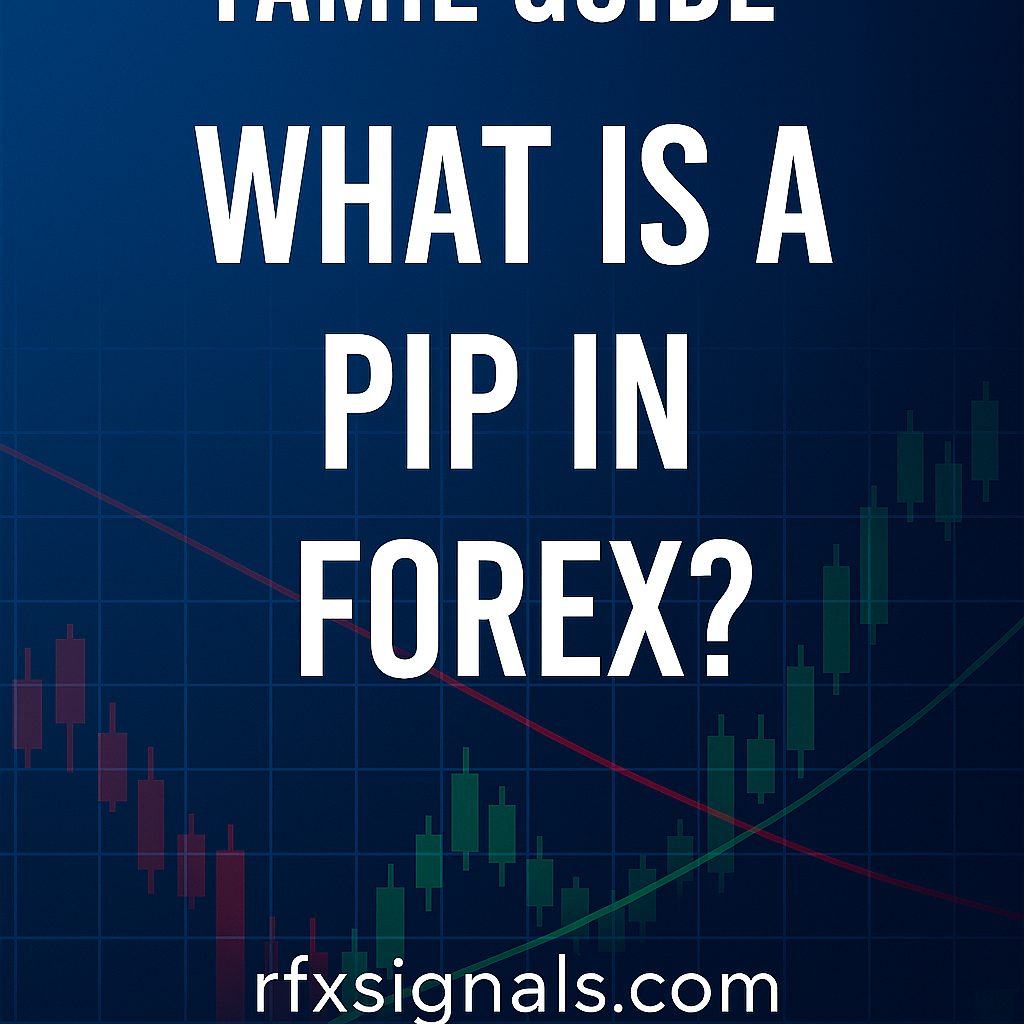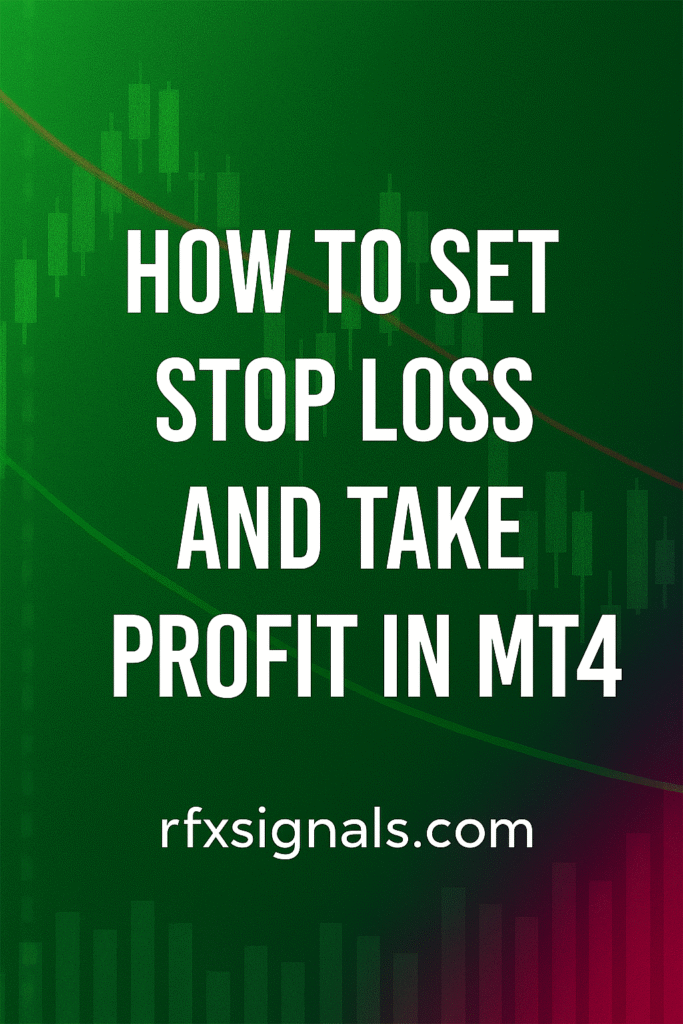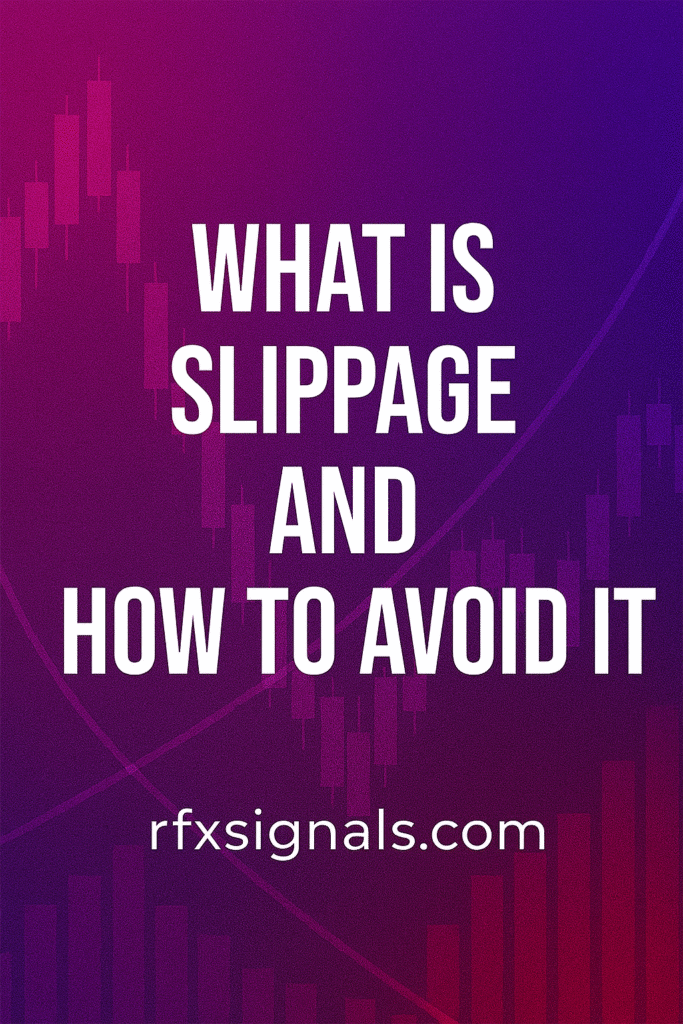
What Is Leverage in Forex? — Explained Simply
Leverage is a core feature of forex trading: it lets you control a large position with a relatively small amount of capital. That sounds great — and it can be — but leverage also magnifies losses. This guide explains what leverage and margin are, gives clear examples, and gives practical, safe rules that Indian traders can use to manage leverage responsibly.
What is leverage? The simple definition
Leverage lets you open positions larger than your account balance by borrowing a portion from the broker. It's expressed as a ratio — for example, 50:1 means you can control $50,000 of currency with $1,000 of your own money. Another way to say it: leverage = Position Size / Margin.
What is margin? How margin and leverage relate
Margin is the amount of money the broker requires you to deposit to open and maintain a leveraged position. Using 50:1 leverage, a $100,000 position requires $2,000 margin (100,000 / 50 = 2,000). If the market moves against you, margin requirements may increase and you could face a margin call or automatic closeout.
Clear examples — see how leverage works
Example 1 — low leverage
Account balance: ₹100,000. Leverage 10:1. You open a position worth ₹500,000 (0.5 lot equivalent). Margin required = 500,000 / 10 = ₹50,000. If the market moves 1% against you, loss = ₹5,000 (1% of ₹500,000) which is 5% of account.
Example 2 — high leverage
Same account: ₹100,000. Leverage 100:1. You open a position worth ₹1,000,000. Margin required = 1,000,000 / 100 = ₹10,000. A 1% adverse move causes a ₹10,000 loss — 10% of the account. Higher leverage magnifies both gains and losses.
Benefits of leverage (why traders use it)
- Amplified returns: small capital can produce meaningful profits when the market moves in your favor.
- Capital efficiency: allows diversification — you can allocate capital across multiple ideas without fully funding large positions.
- Smaller initial capital needed: traders can access global FX markets with modest investment.
Risks of leverage (why it can be dangerous)
- Magnified losses: losses scale with position size — a small adverse move can quickly wipe capital.
- Margin calls & stop-outs: if equity falls below maintenance margin, the broker may close positions automatically.
- Emotional stress & overtrading: higher leverage often leads to larger position sizes and poor risk decisions.
How brokers set maximum leverage
Brokers set maximum leverage based on regulation, internal risk policy, and instrument. In many regulated markets leverage limits have been reduced (for retail clients) to protect traders. In India, many brokers offer different leverage for INR pairs vs majors — always check contract specs.
How to choose the right leverage for you — practical rules
There’s no one-size-fits-all, but these rules keep you safe:
- Rule 1 — Risk per trade: decide a fixed % of account to risk per trade (e.g., 0.25–1%). Use leverage to size positions so dollar risk equals that percentage.
- Rule 2 — Use lower leverage for intraday/high-frequency trading: even intraday traders benefit from moderate leverage because frequent small losses add up.
- Rule 3 — Stress test scenarios: simulate large moves (1–3%) to see if your account survives multiple adverse moves.
- Rule 4 — Avoid using maximum available leverage: just because a broker offers 500:1 doesn’t mean you should use it.
Position sizing — the practical bridge between leverage & risk
Position sizing translates risk into lot size. Steps:
- Choose risk % of account (e.g., 0.5%).
- Decide stop-loss distance in pips and calculate pip value for your lot size.
- Compute lot size so that stop-loss × pip value × lots = chosen risk amount.
This method ensures you control absolute money risk regardless of leverage ratio.
Margin calls and stop-outs — what to expect
Brokers publish maintenance margin and stop-out levels. If your equity falls to the maintenance margin, you get a margin call or automatic position closures. To avoid this, keep sensible leverage, maintain spare margin, and do not risk excessive % of account on a single trade.
Leverage & overnight funding (swaps) — an extra cost
Leveraged positions often incur overnight financing (swap) if held across rollover. Higher leverage increases position size and therefore financing costs. Consider swap rates when holding leveraged positions overnight or longer.
Practical checklist — safe leverage use
- Decide your maximum account leverage (e.g., 10:1 or 25:1) based on your risk tolerance.
- Use % risk per trade (0.25–1%) and compute position size from stop-loss, not from leverage.
- Keep margin cushion — avoid trading to the full available margin.
- Account for swap costs and possible slippage during volatile events.
- Backtest and demo trade your strategy with the chosen leverage setting.
Leverage examples specific to INR traders
Indian traders should check whether their broker offers onshore INR pairs or offshore CFDs — leverage, margin, and tax/treatment can differ. For USD/INR pairs, brokers sometimes set different margin rules; always confirm with contract specs and support.
Common leverage mistakes & how to avoid them
- Using max leverage for every trade: scale leverage to trade objective and volatility.
- Poor stop placement: too tight stops with high leverage lead to frequent blow-ups — use ATR-based stops.
- No contingency capital: maintain emergency margin to survive adverse runs.
SEO-friendly internal & external links to add
Add internal links to build topical authority and link out to reputable resources:
- Position Sizing Calculator — How Much to Risk (internal)
- What is Margin? (Explained) (internal)
- Investopedia — Leverage (external)
Final takeaway — leverage is a tool, not a shortcut
Leverage enables efficient capital use but greatly increases risk. The right approach is to decide risk first (fixed %), calculate position size using stop-loss, and only then let leverage be the mechanical enabler. Use demo testing, maintain margin cushions, and avoid the temptation to chase bigger profits by simply dialing up leverage.
Want our leverage & position sizing spreadsheet? Message us and we’ll share a ready-to-use template and a quick video walkthrough.
Request Template (WhatsApp)

